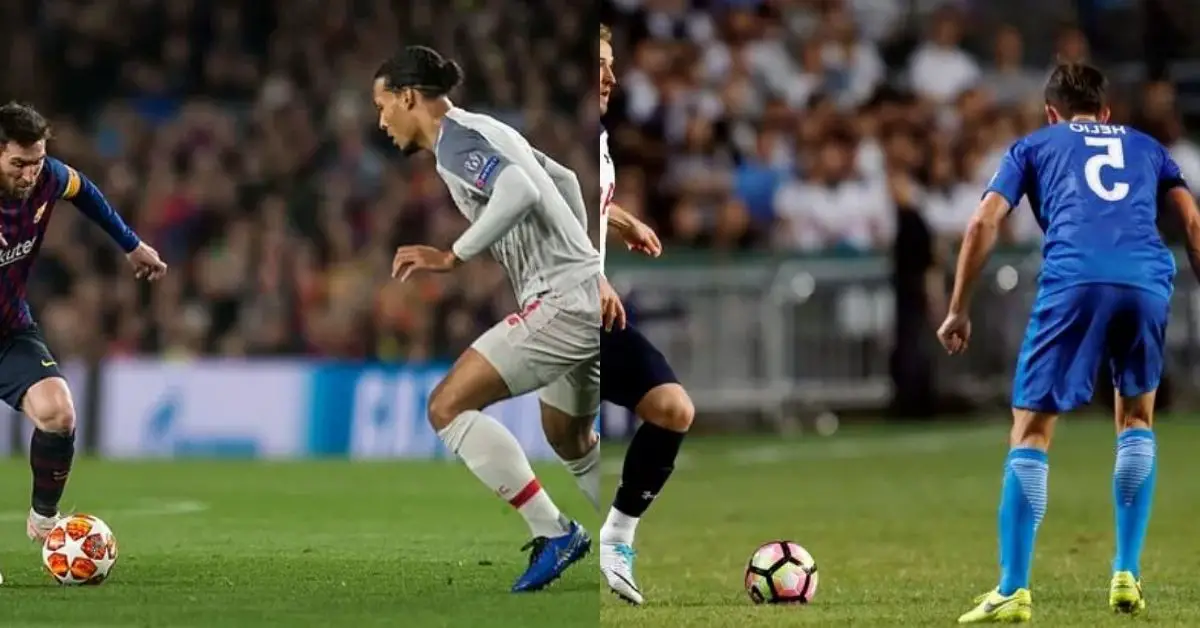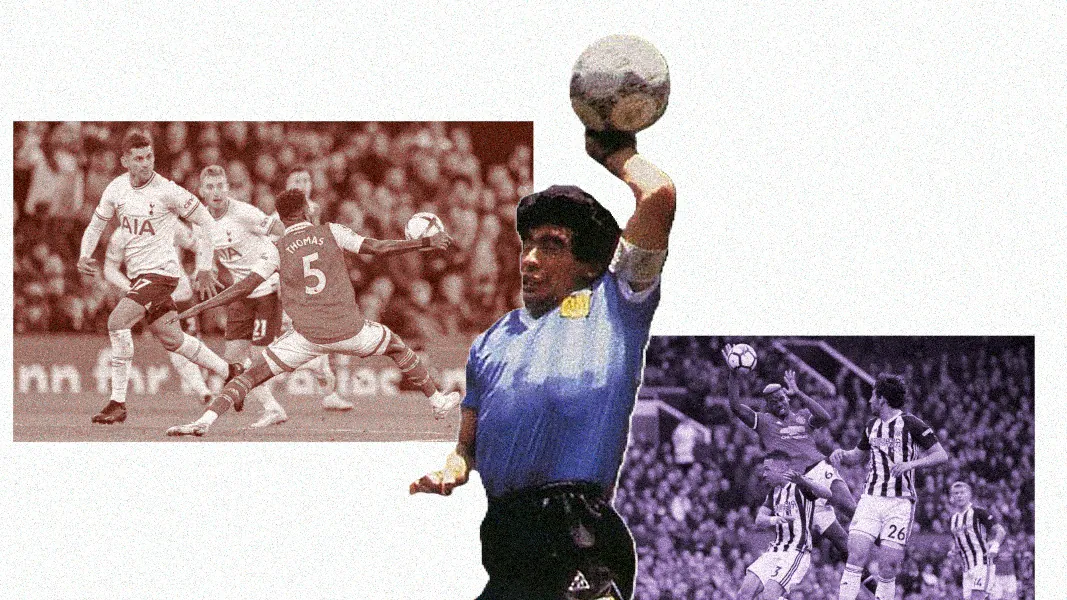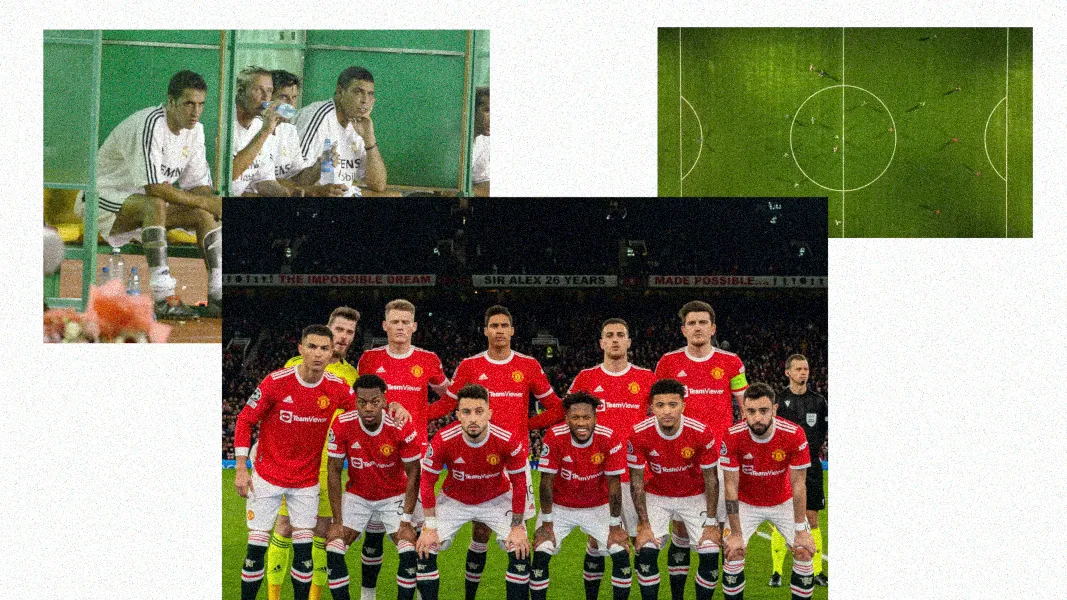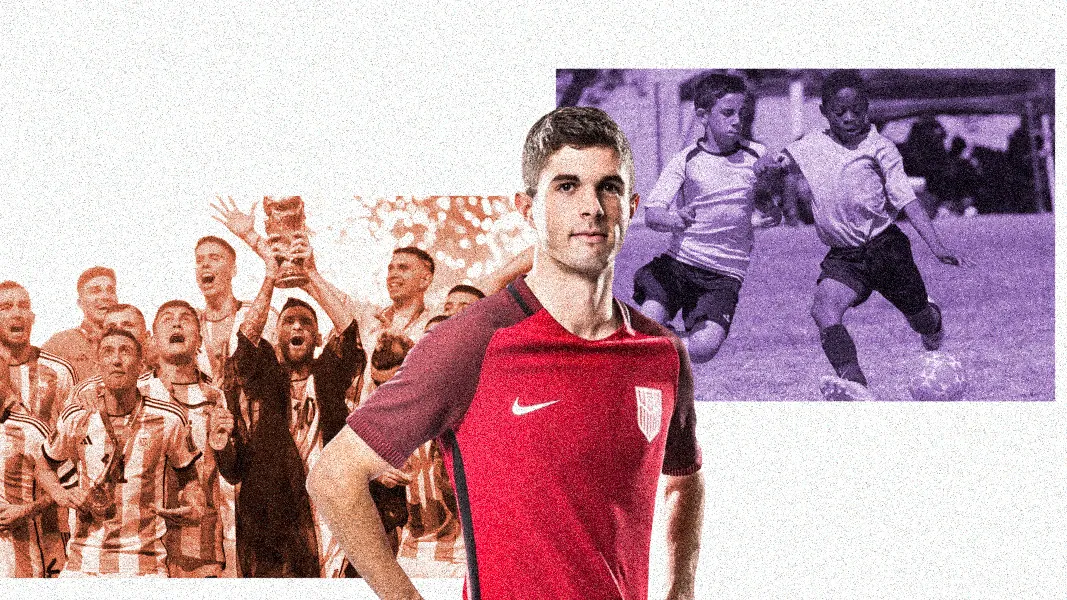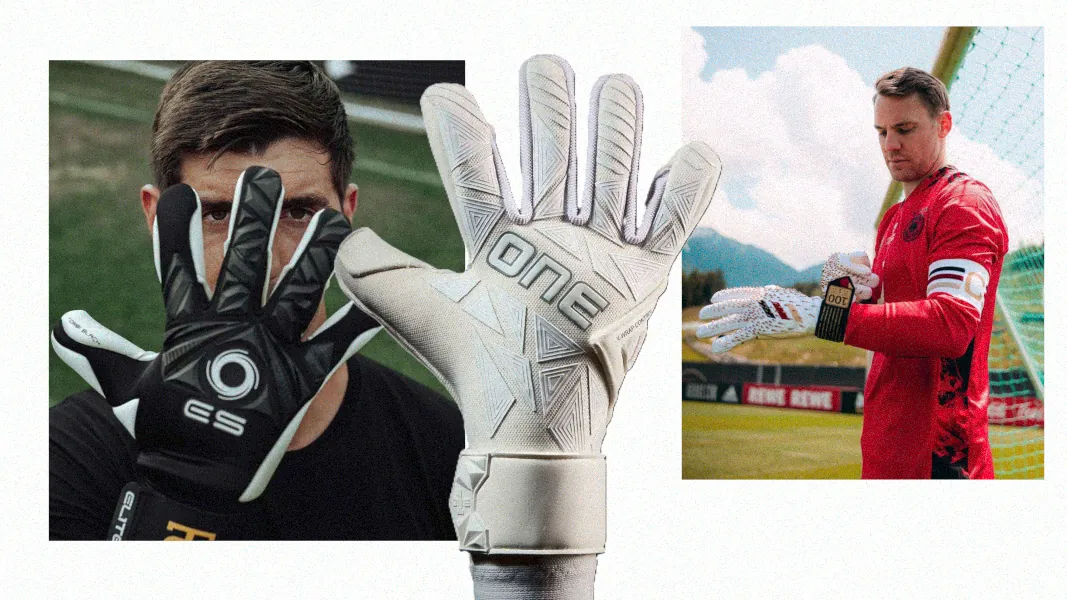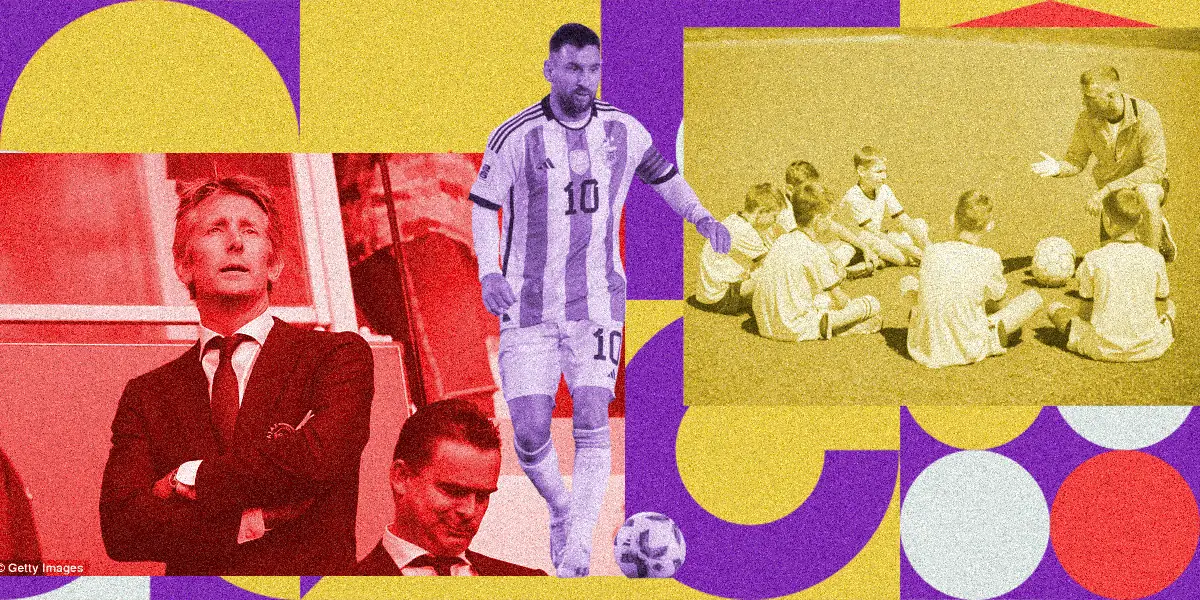There are terms in soccer which leave the fans and newcomers confused. One such soccer term is jockey. So what does jockey mean?
In soccer, jockey refers to the defensive technique where a player positions themselves between the opponent with the ball and their own goal. This allows them to delay the opponent’s progress, making it harder for them to advance or take a shot.
In this comprehensive guide, we will delve into the nuances of jockeying in soccer. From its core principles to practical application, we’ll equip you with the knowledge to master this essential defensive technique.
Key Takeaways:
- Jockeying is a fundamental defensive technique involving strategic positioning between the opponent and the goal.
- It aims to delay the opponent’s progress and limit their options for advancement.
- Key principles include patience, maintaining distance, and anticipating opponent movements.
- Techniques involve balanced body positioning, angled approach, and effective use of peripheral vision.
- Jockeying differs from tackling, emphasizing containment over physical contact.
What is Jockeying in Soccer?
Jockeying in soccer refers to the defensive technique where a player positions themselves strategically between the opponent possessing the ball and their own team’s goal. The objective is to impede the opponent’s progress and limit their options for advancement.
This is accomplished by maintaining a well-balanced stance, adjusting distance appropriately, and employing controlled movements. Jockeying is a fundamental skill for defenders, contributing significantly to a team’s defensive strategy.
Key Principles of an Effective Jockey in Soccer
The key principles of effective jockeying in soccer are:
- Patience and Timing: A defender must exercise patience, choosing the right moment to engage the opponent. This ensures they don’t commit too early or too late.
- Maintaining Proper Distance: It’s crucial to keep a distance that allows the defender to react swiftly to the opponent’s movements while preventing them from advancing easily.
- Anticipating Opponent’s Movements: Skilled jockeying involves anticipating the direction the opponent is likely to take, allowing the defender to position themselves advantageously.
Techniques for a Successful Jockey in Soccer
The techniques for successful jockeying in soccer are as follows:
- Body Positioning: The defender should maintain a low and balanced stance, facing the opponent. This allows for quick reactions and easy adjustments to the opponent’s movements.
- Angle of Approach: It’s important to approach the opponent at an angle, rather than head-on. This provides better control and hinders the opponent’s ability to change direction swiftly.
- Use of Peripheral Vision: A skilled defender employs peripheral vision to keep track of both the opponent with the ball and their teammates. This enables them to make informed decisions and anticipate plays effectively.
Difference Between Jockeying and Tackling

| Aspect | Jockeying | Tackling |
|---|---|---|
| Definition | Positioning between opponent and own goal. | Direct challenge to win possession of the ball. |
| Objective | Delay opponent’s progress, limit options. | Regain possession through controlled contact. |
| Contact | Emphasizes containment without physical contact. | Involves physical contact to win the ball. |
| Stance | Balanced and controlled posture. | Aggressive and assertive approach. |
| Timing | Focuses on timing opponent’s movements. | Requires precise timing to avoid fouls. |
| Goal | Disrupt opponent’s play and maintain control. | Swiftly shift possession from attacker to defender. |
| Risk of Foul | Lower risk, as it emphasizes containment. | Higher risk, improper execution may result in a foul. |
Jockeying involves a defender positioning themselves between the opponent with the ball and their own team’s goal. The objective is to delay the opponent’s progress and limit their options, making it harder for them to advance or take a shot. It emphasizes maintaining a balanced stance, adjusting distance appropriately, and using controlled movements to effectively contain the attacking player.
Jockeying is a strategic approach focused on containment and disruption rather than physical contact.
On the other hand, tackling is a more assertive defensive action where a player directly challenges the opponent to win possession of the ball. It involves making contact with the ball while avoiding fouling the opponent. A well-executed tackle can swiftly shift possession from the attacking team to the defending team.
Unlike jockeying, tackling requires precise timing and technique to avoid committing a foul.
Training Drills for Improving Jockeying Skills
Solo Drills

- Shadow Play: Practice positioning yourself between an imaginary opponent and an object representing the goal. Focus on maintaining proper distance and stance.
- Mirror Movements: Stand facing a partner and mimic their movements. This helps in honing your ability to anticipate and react to an opponent’s actions.
- Cone Drills: Set up a series of cones and practice jockeying around them. This improves agility and control while jockeying.
- Reaction Drills: Have a partner randomly move with the ball, and you react by jockeying to maintain defensive positioning.
Team Drills
- Jockeying Grid: Set up a grid with defenders and attackers. The defenders practice jockeying to prevent the attackers from advancing towards the goal.
- Defensive Shape Drill: Work on team positioning and jockeying within a defined area. Emphasize communication and coordination among defenders.
- Small-Sided Games: Engage in small-sided matches where defenders focus on jockeying to regain possession. This simulates real game scenarios.
- Pressure and Cover Drill: Have one player apply pressure to the attacker, while another provides cover through effective jockeying. Rotate positions to practice different roles.
- Transition Drill: Simulate a transition from offense to defense. Focus on quick jockeying to regain defensive shape and prevent counterattacks.
- Attacker vs. Defender Drill: Create one-on-one scenarios where the attacker tries to penetrate the defensive line, while the defender practices jockeying to deny them space.
- Overlap and Recover: Practice jockeying in situations where an opponent attempts an overlap. Defenders must quickly adjust positions to maintain defensive shape.
How Jockeying Helps in Critical Moments of the Game
Embed from Getty ImagesJockeying plays a pivotal role in critical moments of a soccer game, particularly in the defensive third of the field. When the opposing team is mounting an attack, effective jockeying helps create a defensive barrier. This forces the attacker to make decisions quickly and under pressure.
The defender’s positioning acts as a psychological deterrent, making it harder for the attacker to find a clear path to the goal. This critical delay can be the difference between a successful defensive stand and a conceded goal.
Furthermore, in situations where the game is finely balanced, and a single goal can determine the outcome, jockeying becomes a key defensive strategy. By employing jockeying techniques, defenders can buy precious seconds for their teammates to recover and regroup defensively. This can be especially crucial in late-game scenarios when fatigue sets in, and maintaining a disciplined defensive structure becomes challenging.
Common Mistakes to Avoid While Jockeying
1. Overcommitting
Embed from Getty ImagesOne common mistake is overcommitting to the attacker. If a defender lunges in too aggressively, it creates an opportunity for the attacker to exploit the space left behind. It’s essential to maintain a balanced stance and avoid rash challenges.
2. Improper Body Positioning
Another mistake is failing to maintain the correct body positioning. Leaning too far forward or backward can lead to a loss of balance and control. Defenders should aim to stay upright and centered, ensuring they can react swiftly to the attacker’s movements.
Conclusion: What Does Jockey Mean in Soccer?
In conclusion, jockey in soccer is a fundamental defensive technique. It involves positioning oneself strategically between the opponent with the ball and the team’s own goal.
The primary objective is to delay the opponent’s progress and limit their options for advancement. Mastering the art of jockeying is essential for defenders. It forms a cornerstone of a strong defensive strategy.
I hope you enjoyed this article. If you did, then do consider sharing it with fellow soccer enthusiasts.
Your support and sharing of this content can help us reach a wider audience and provide valuable information to more people who share our passion for the beautiful game.
Thank you for supporting Soccer Mavericks!
